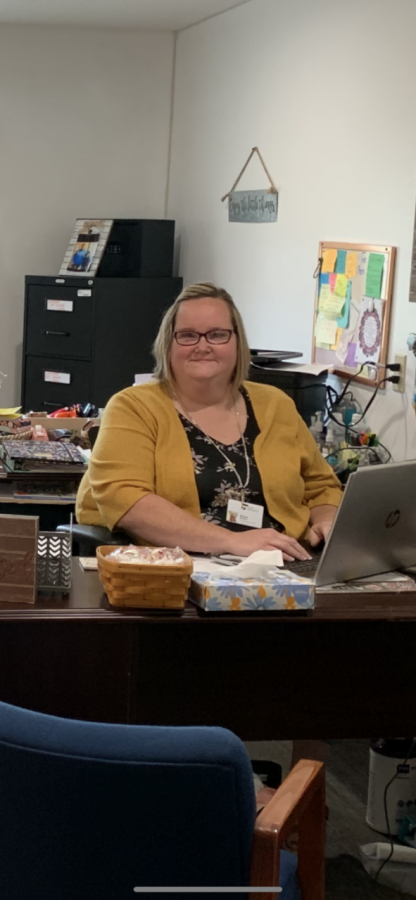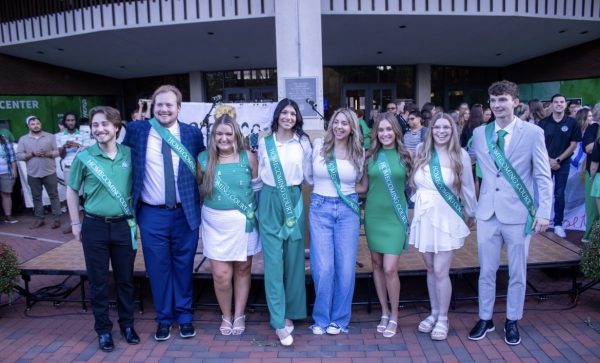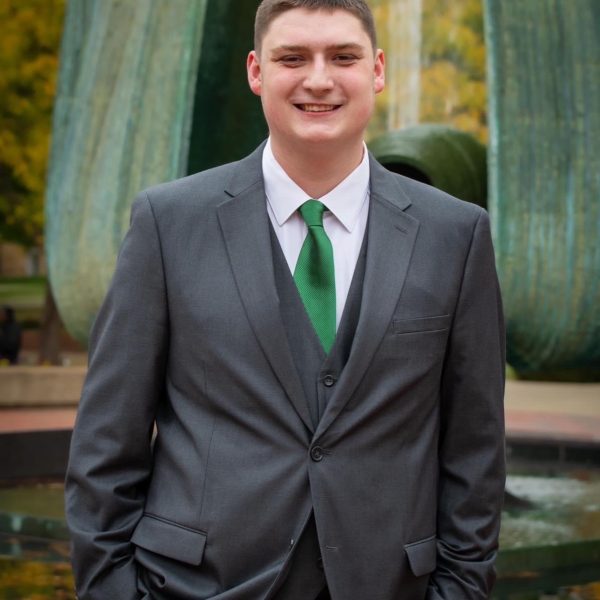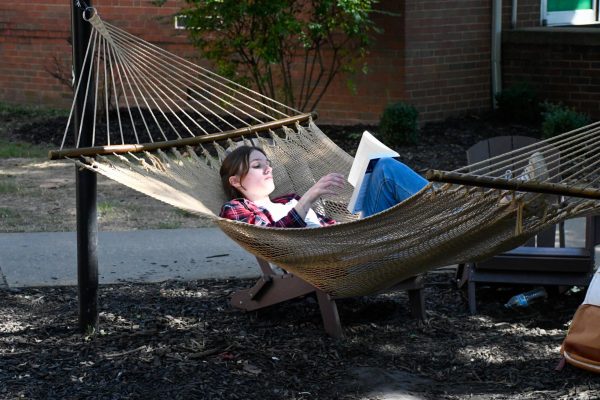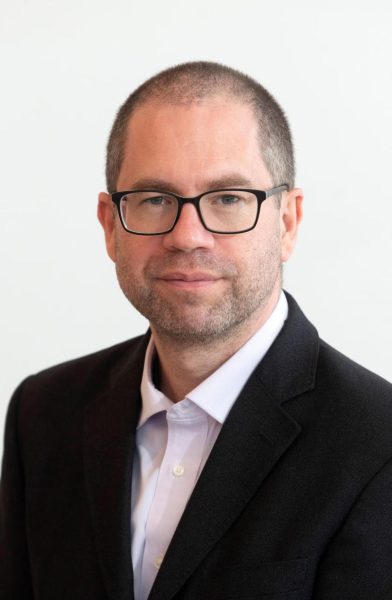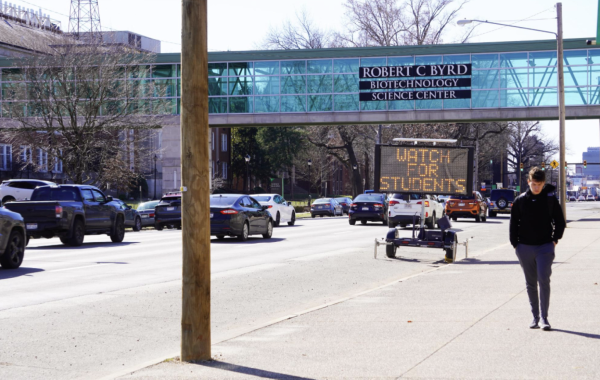Marshall alumni: Where are we now? Michelle Simpkins
It is never too late to start something new and that is ex- actly how Michelle Simpkin’s Marshall story started.
“I was one of the older ones, I started college late be- cause I wanted my kids to be a little older so I wouldn’t miss as much with them in school and everything like that,” Simpkins said. “When they got in high school, I de- cided to do something for myself and to show them that going to college is possible regardless of your age.”
Simpkins not only finished her graduate degree; she went on to receive her master’s degree as well.
“I started out with my BSW (Bachelor’s in social work), I graduated and then the following semester I started my master’s,” Simpkins said. “I worked full time plus my in- ternship. It was difficult it really was, but I don’t regret it.”
Simpkins is now a program manager for Hope for To- morrow, an addiction treatment facility located in Pt. Pleasant, West Virginia.
She said she never dreamed she would be working with substance use disorder, she originally went into social work because of some neighbors.
“I wanted to go into child welfare at first because I had some neighbors, honestly, that their little kids were not taken care of and I thought, ‘I want to be that change’,” Simpkins said. “But then after I got going, I got my intern- ships with different aspects of social work. I’m in addiction now and that is by far my favorite.”
The Hope for Tomorrow facility is a 28-day in-patient treatment center that also offers detox assistance, accord-
ing to Simpkins.
“We do detox and 28-day in-patient residential treat-
ment,” Simpkins said. “Addicts will come in, we’ll [help] detox them and then they’ll stay with us 28 days, some- times they stay a little longer. Then we discharge plan and find them somewhere else to go, aftercare after they dis- charge from us.”
Simpkins said while the facility is fairly new, with the in-patient opening August 2019, the work they do is vital
to the area which is leading to an expansion.
“We’re actually building on,” Simpkins said. “We’re 22
beds right now and before long we’ll be a 56-bed facility.” Simpkins oversees much of the clinic from hiring, to counseling to, ensuring each patient receives the services
they need, and she credits her success to Marshall.
“I learned so much in my master’s. My master’s is what made me feel prepared to do the work I do today,” Simp- kins said. “I had amazing professors that actually cared if I succeeded. There were times that I didn’t think I could, but they pushed me farther. They’re definitely a part of who I
am and what I am doing today.”
Along with her work as a social worker, Simpkins has
been an encouragement to those interested in the field. “In social work I feel like you do make a difference,” Simpkins said. “Social work is really rewarding, it’s a hard field because sometimes you feel like you are not helping your clients that you serve. But when you feel like that, there’s always something to bring you back and be like, ‘I
did make a difference.’”
With the ongoing opioid epidemic West Virginia faces,
Simpkins said she believes social workers are important in helping overcome the epidemic.
“Social workers are the ones that get these people back to where they need to be,” Simpkins said. “We’re the ones that listen. It could be something as little as a driver’s license or finding a home and everything in between. The drug epidemic is huge, but I feel like addiction is something that we are making a difference in. When our patients leave Hope for Tomorrow, I know they’re leaving with the tools needed for long term recovery.”
Simpkins said she feels like she is giving back to Mar- shall in terms of the job and internship opportunities offered to Marshall students at their facility.
As a student and mother, Simpkins took many of her classes from the Mid-Ohio Valley Center (MOVC) campus in Pt. Pleasant and credits that campus to her success.
“Having a family and working, there’s no way I could
drive to Huntington and then get up and work the next day and have time to do my classwork,” Simpkins said. “The MOVC helped tremendously to be able to get my de- grees. The people there were always so supportive of us. Distance learning isn’t easy, but you get used to it. It offers so much opportunity.”
As a previous distance learning student, Simpkins has a few tips for the students now navigating virtual learning.
“Take notes as much as possible. Build that relationship with your professors and your instructors. Those are the ones you’re going to have to reach out to even when you’re not on the screen,” Simpkins said. “Always keep in contact with them, even if it’s through email or whatever, have them know your name.”
As for anyone thinking of college, traditional or nontra- ditional ages Simkins said you will not regret it.
“Just go for it, there’s no looking back, you won’t regret it for sure,” Simpkins said.
Brittany Hively can be contacted at hayes100@marshall.edu.
Your donation will help continue the work of independent student journalism at Marshall University. If you benefit from The Parthenon's free content, please consider making a donation.


